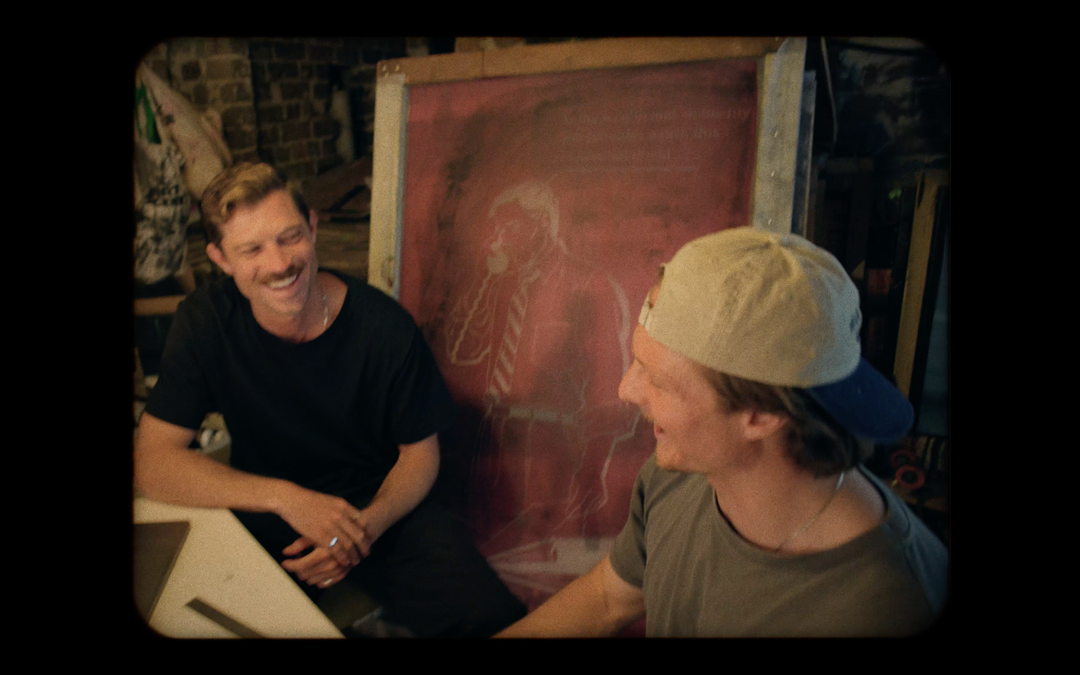Design Thinking: Empowering Solutions for Wicked Problems
In today's complex and interconnected world, traditional
problem-solving approaches often fall short when addressing wicked problems -
those complex, open-ended issues that lack clear-cut solutions. Design Thinking
offers a refreshing and effective approach to tackle these challenges.
Developed by Tim Brown, David Kelley, and the team at IDEO, Design Thinking is
a critical process that fosters empathy, promotes integrative thinking,
embraces experimentation, encourages collaboration, and sparks optimism.
Through this innovative approach, designers engage in conceiving and planning
solutions that do not yet exist, creating novel and transformative outcomes.
One wicked problem that has caught our attention is the impact
of social media on the mental health of artists. Recent research has revealed
the potential risks associated with excessive social media use, including
symptoms of depression, anxiety, and poor sleep quality. Artists, in
particular, are vulnerable to social pressures, peer opinions, and comparisons
prevalent in social media environments. These challenges can lead to mental
health issues such as identity crisis, creative blocks, and constant
comparison, hindering artists from fully expressing themselves and their
talents.
To address this wicked problem and support artists, we
embarked on a collaboration with NotNot Cam Scott, an artist renowned for his thought-provoking
and inspiring artworks. Our goal was to create a platform for artists to
collaborate, share experiences, find inspiration, and ultimately overcome the
negative effects of social media on their mental health.
Awareness & Consideration
The journey began with awareness. We became aware of Cam Scott's art and recognized the potential for collaboration. Acknowledging the impact of social media on our own well-being, we saw an opportunity to encourage self-reflection and start a conversation about its effects. We reached out to Cam via Instagram, initiating the consideration stage of the journey. Through ongoing communication, we shared our vision for the collaboration and discussed possible design concepts.


Collaborating
Collaborating with Cam and other creatives was a vital step in the process. Cam shared potential artworks for the collaboration, and together, we explored design ideas, refining concepts to ensure they resonated with our vision. Through a series of back-and-forth discussions, sketches, and design iterations, we landed on a handful of designs that captured the essence of the collaboration.
In an in-person meeting, we finalized the details and conducted an insightful interview with Cam. Journalist Luka Forman and videographer Isaac Thorpe played crucial roles in capturing Cam's thoughts and inspirations. These personal insights would later be incorporated into the collaboration's films, providing a deeper understanding of Cam's artistic journey.





